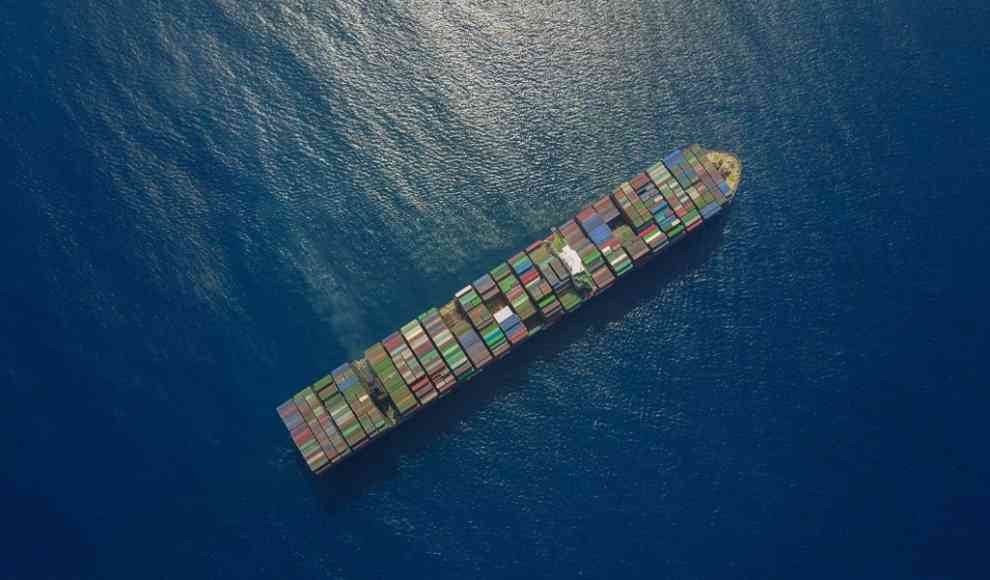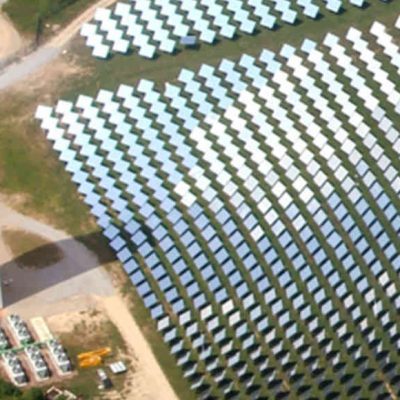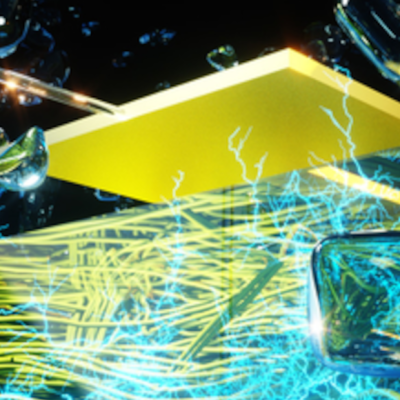Scientists from the University of Stuttgart and the University of Bayreuth have developed a new technology that can produce synthetic diesel and kerosene from carbon dioxide (CO2) and hydrogen. The project, called PlasmaFuel, aims to create climate-neutral fuels that can be used in conventional ship and aircraft engines. According to the European Parliament, transportation accounts for almost 30% of the total CO2 emissions in the European Union. While alternative transportation systems like the Hyperloop are being developed, the research is also focused on finding cleaner fuels to replace combustion engines. PlasmaFuel is a promising solution to this problem.
The process of creating E-Fuel begins with filtering CO2 from the air or industrial emissions. The CO2 is then split into oxygen and carbon monoxide using a plasma reactor. The oxygen is extracted using a newly developed gas diffusion electrode, and the carbon monoxide is synthesized with hydrogen using a Fischer-Tropsch reactor to create diesel or kerosene. The high energy demand of this process is expected to be met entirely by surplus electricity from renewable sources. The technology is also being developed to stabilize the power grid by using excess energy from solar and wind power to run the fuel production process.
PlasmaFuel has the potential to revolutionize the transportation industry by providing a cleaner and more sustainable alternative to traditional fuels. The technology can also help stabilize the power grid by using excess renewable energy to produce fuel. While the process is still being developed, it is a promising step towards a more sustainable future.










